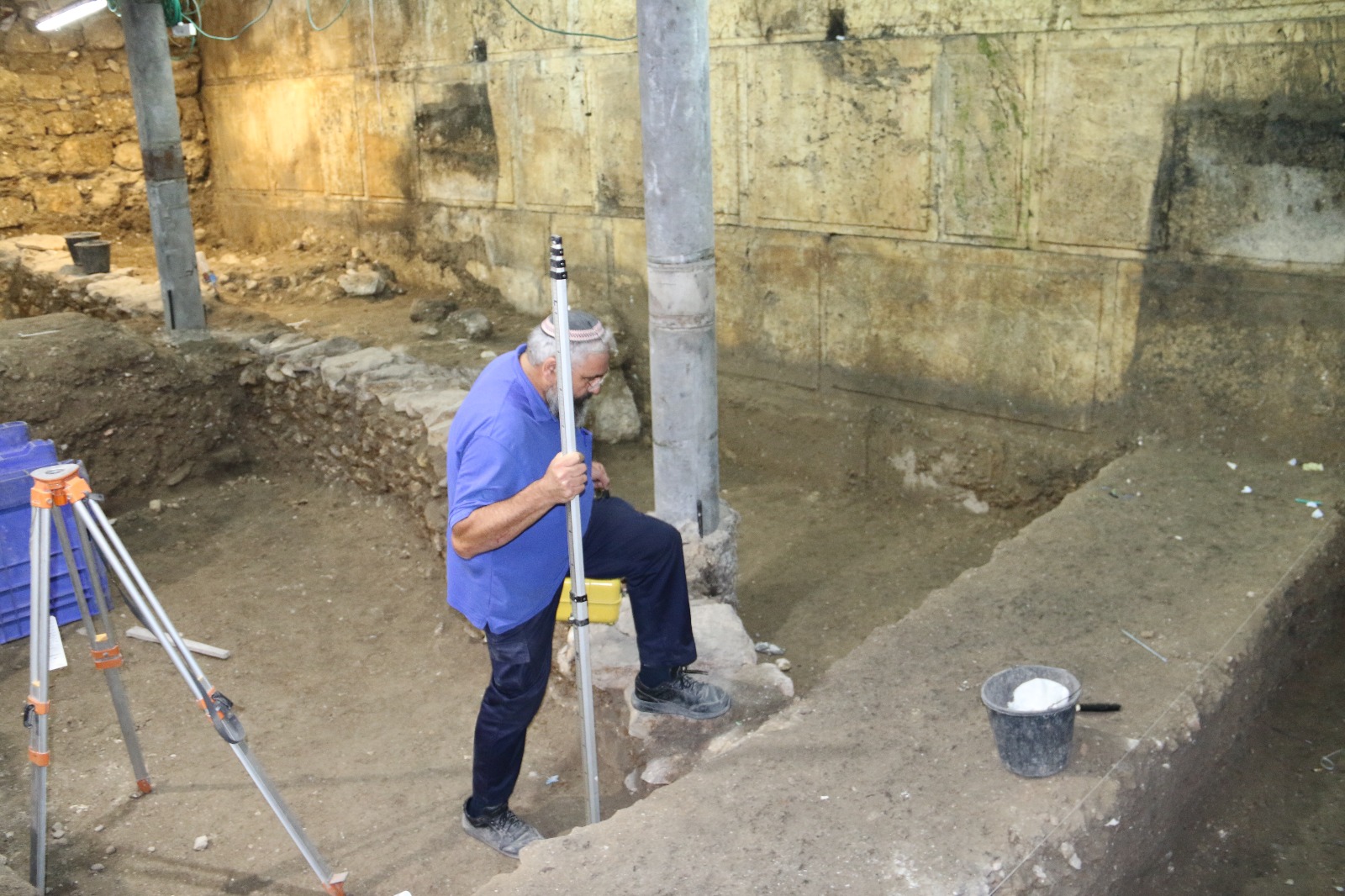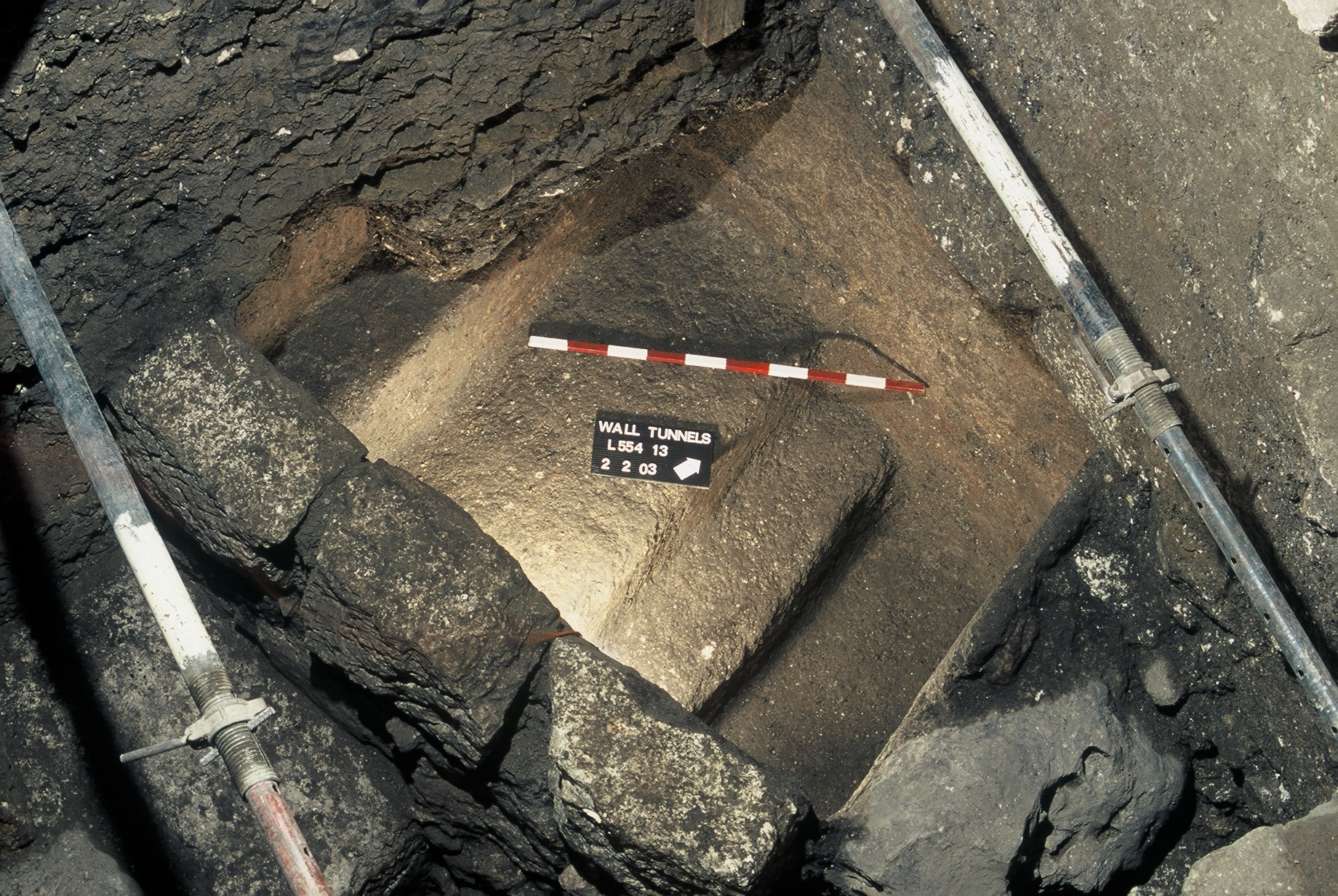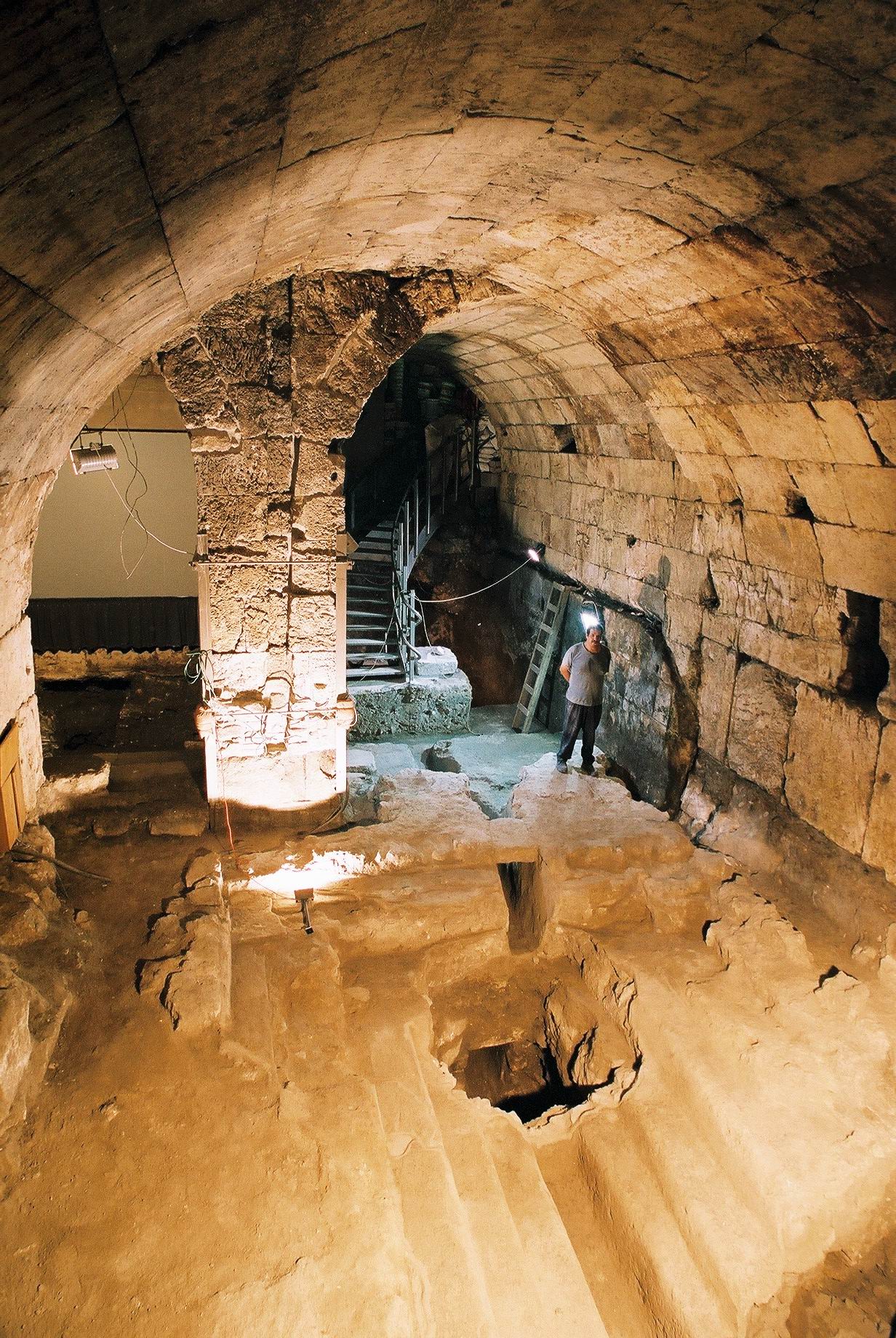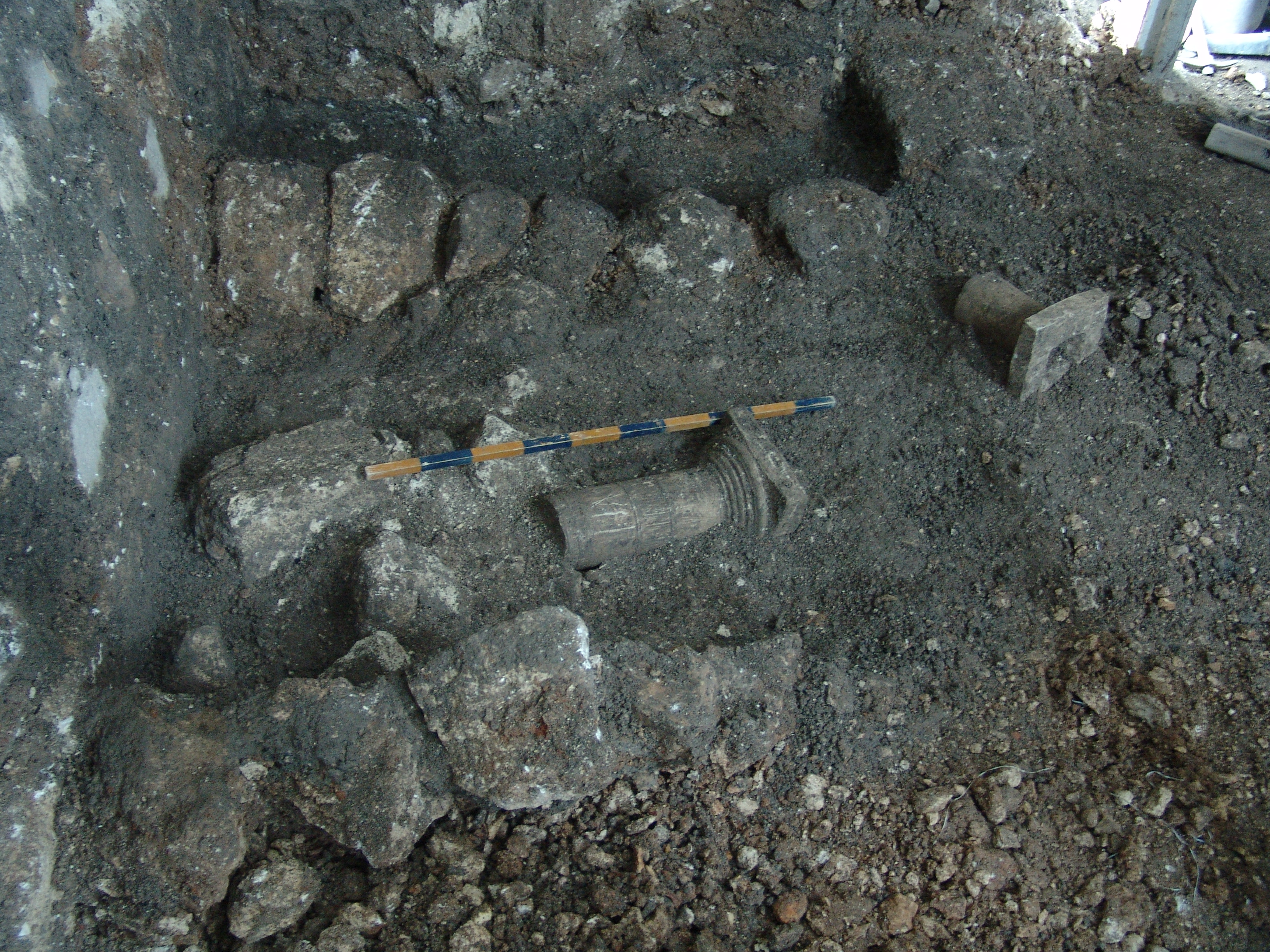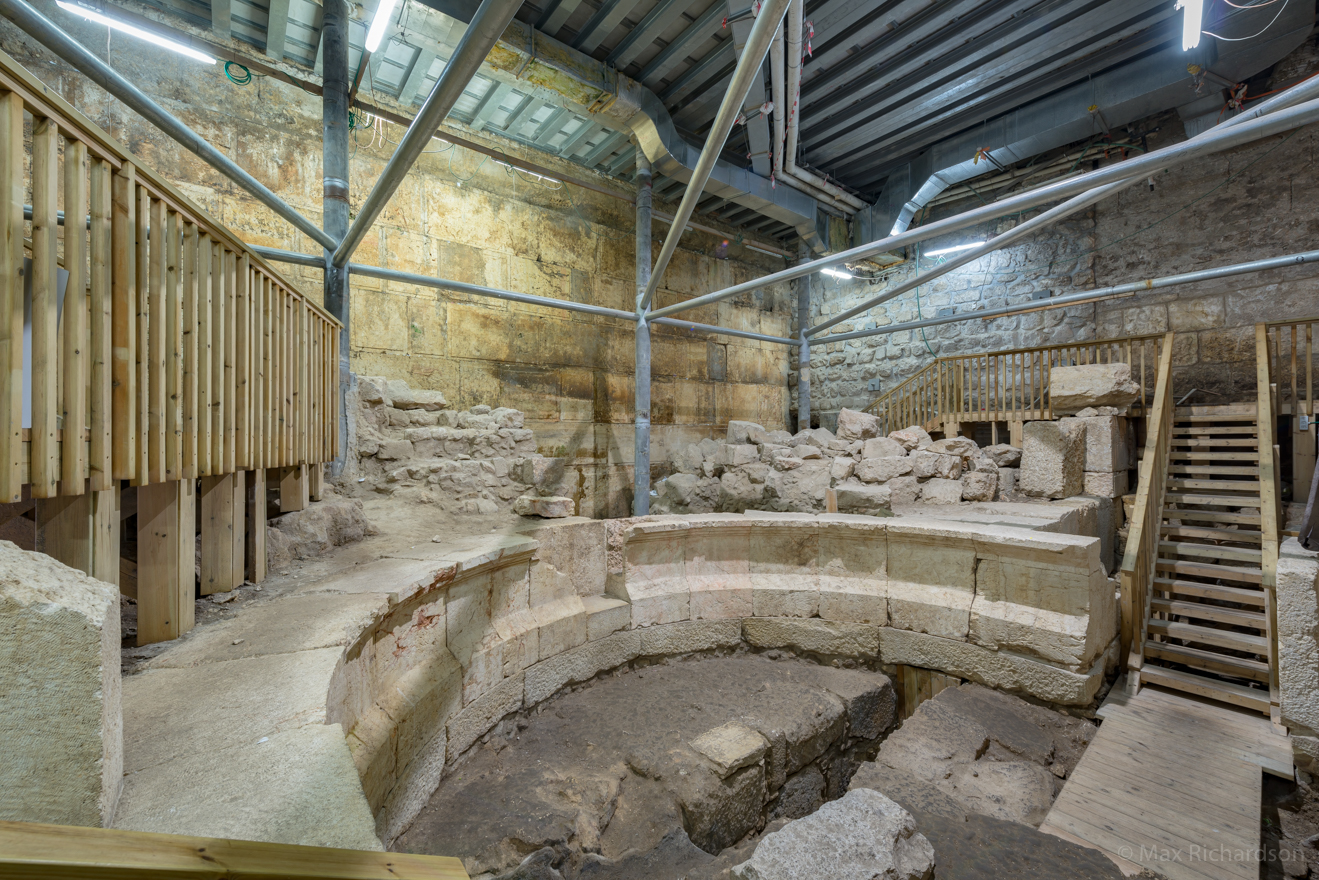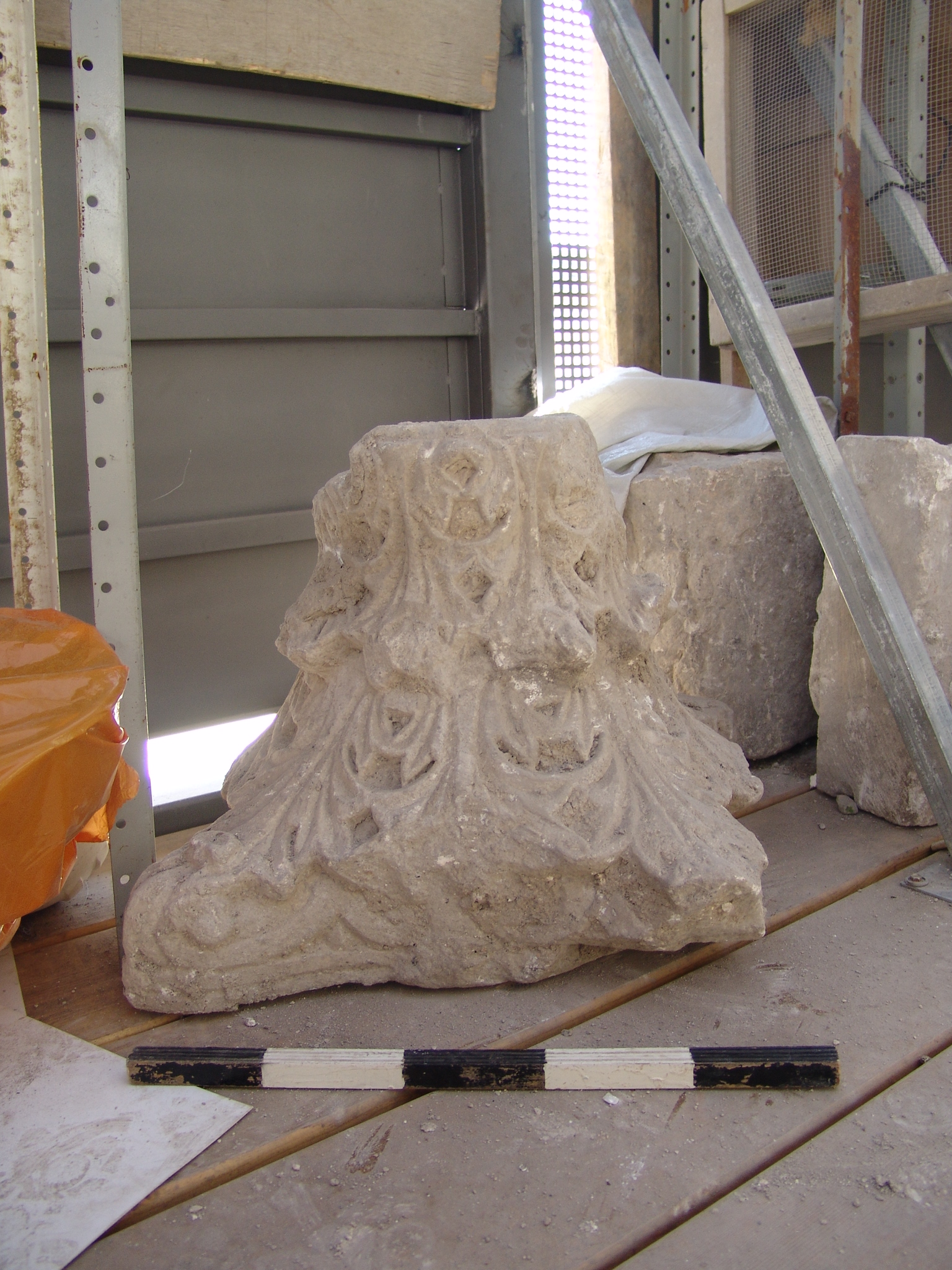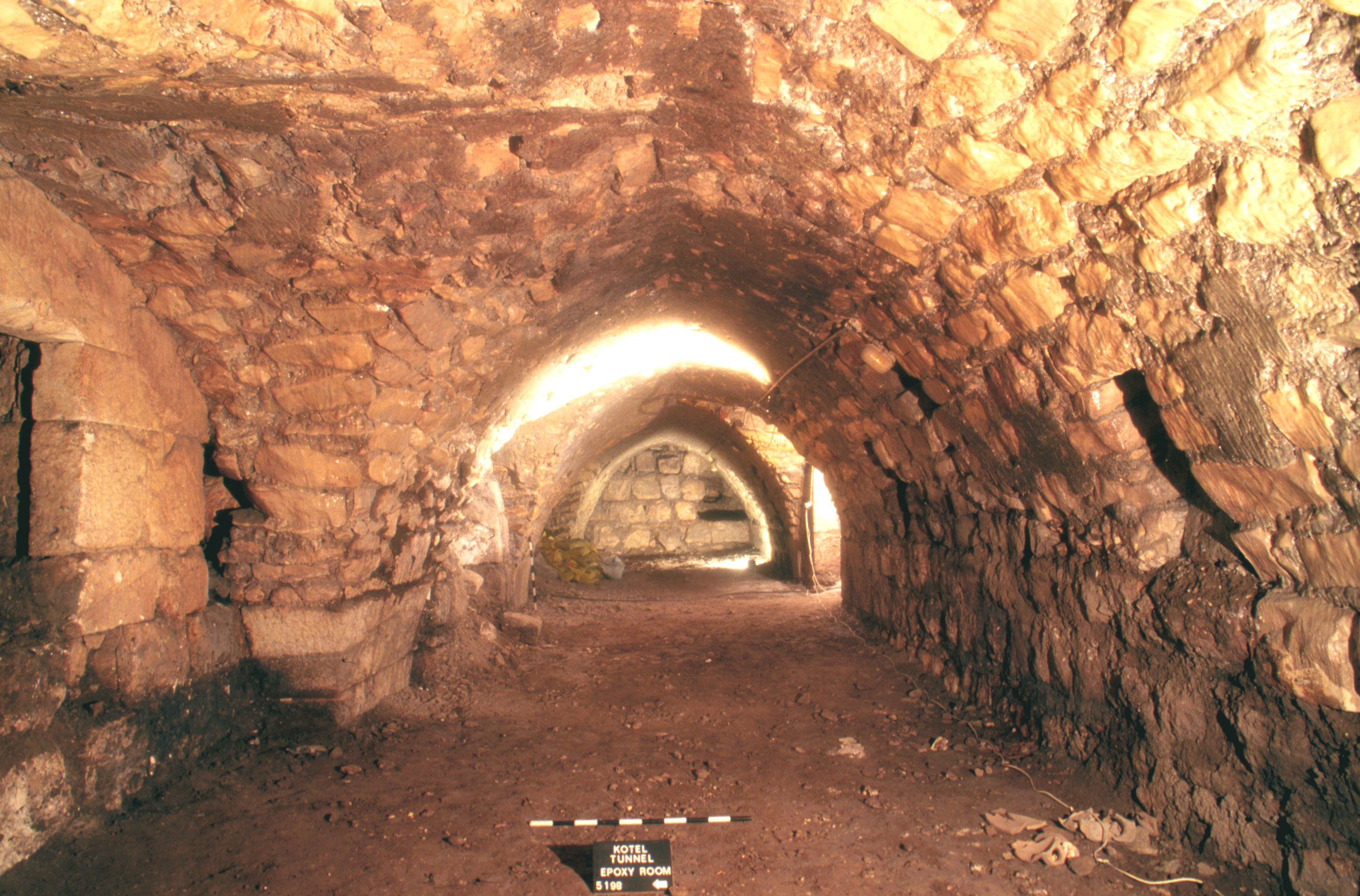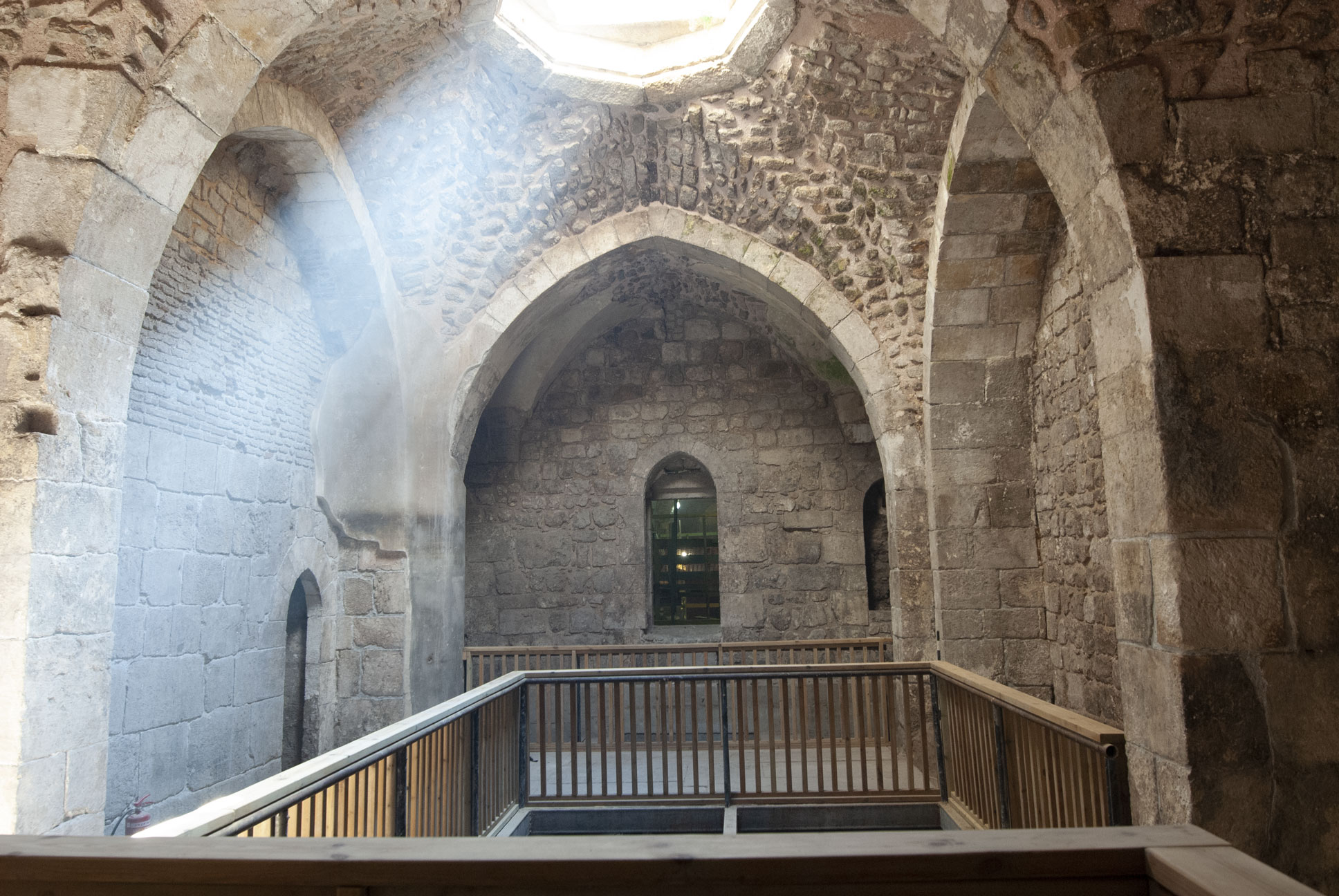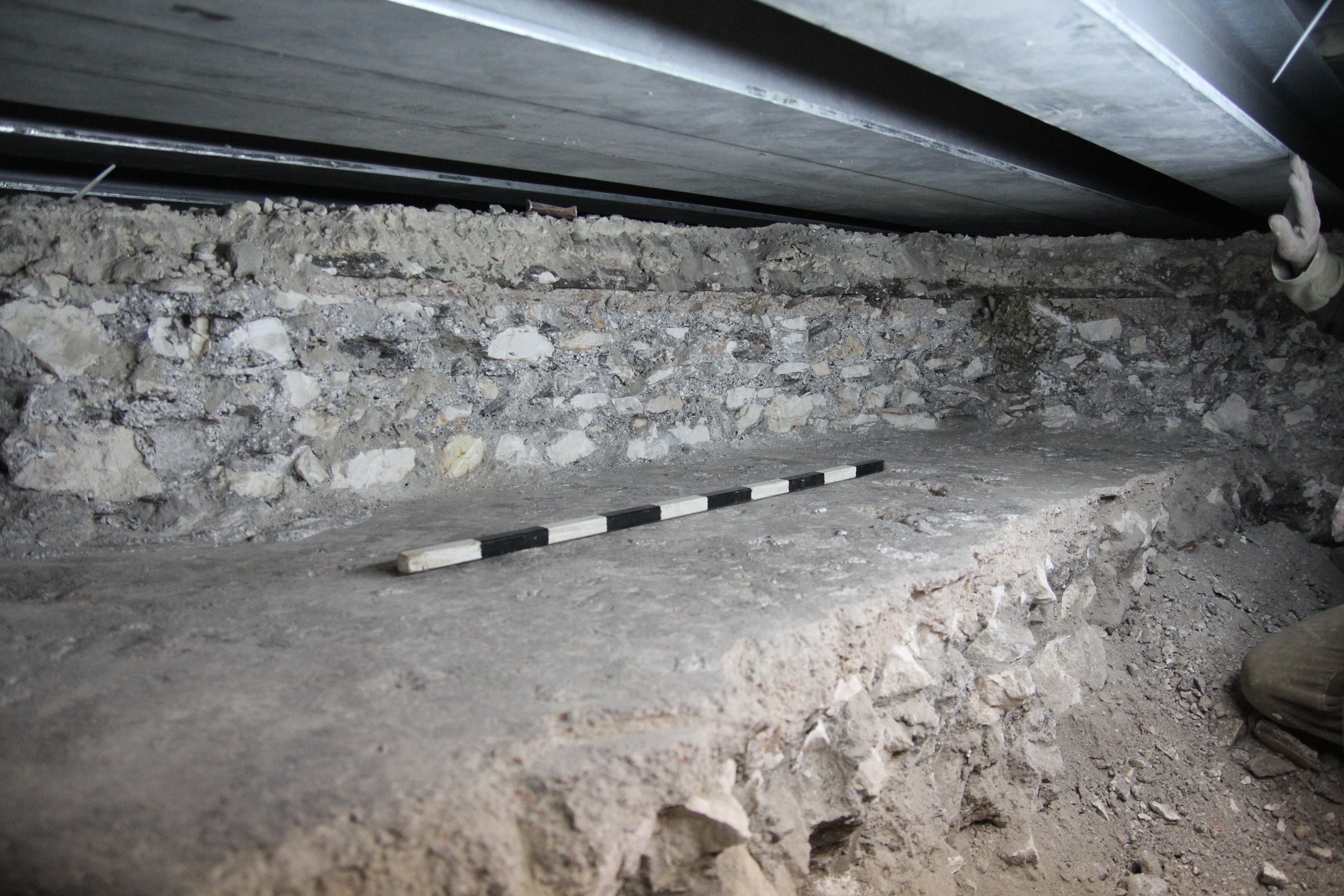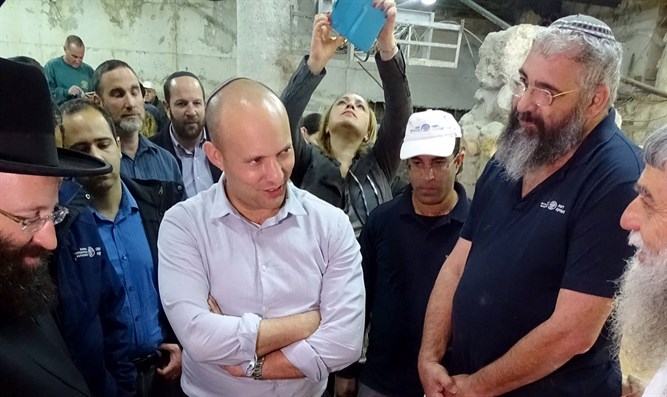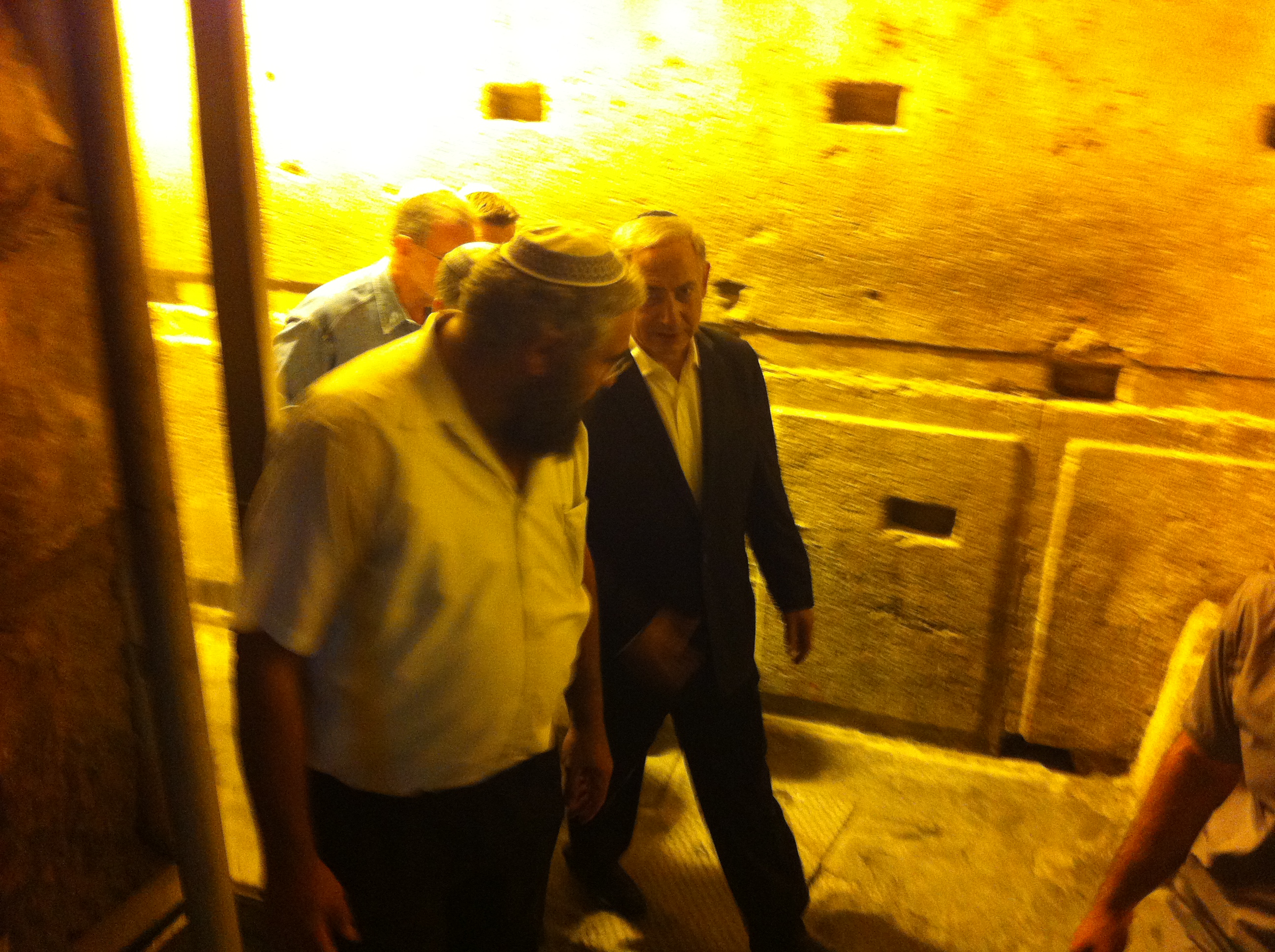
Dr. Avi Solomon
As a young student of archaeology he began his career by participating in archaeological excavations carried out by Bar Ilan University and Tel Aviv University at Tel Beth-Shemesh – an important biblical site in the northeastern Shephelah (lowland) of Judah – where he took part in unearthing the north Gate and adjacent structures, Under the academic guidance of Prof. Shlomo Bunimovitz . Later he participated with Prof. Hanan Eshel in unearthing a residence compound of the Essenes who lived nearby the main site of Qumran, whose ancient scrolls from Second Temple times are considered part of the earliest writings in Hebrew found in the Land of Israel. Those dead sea scrolls are probably the most important archaeological finding of the 20th century in the Land of Israel. These scrolls were later the subject of his PhD thesis.
As a research assistant for Prof. Dan Bahat he participated in excavations in Tel Yavne and in the City of David unearthing a Second Temple era Mikveh (ritual bath), nearby the famous Area G. During the next 18 years Dr. Salomon excavated the Western Wall Tunnels. These excavations were very challenging since they involve multi-periods sites ranging from B.C 700 to A.D 1700, inside enclosed spaces. These excavations yielded numerous findings, among them some rare and important findings:

